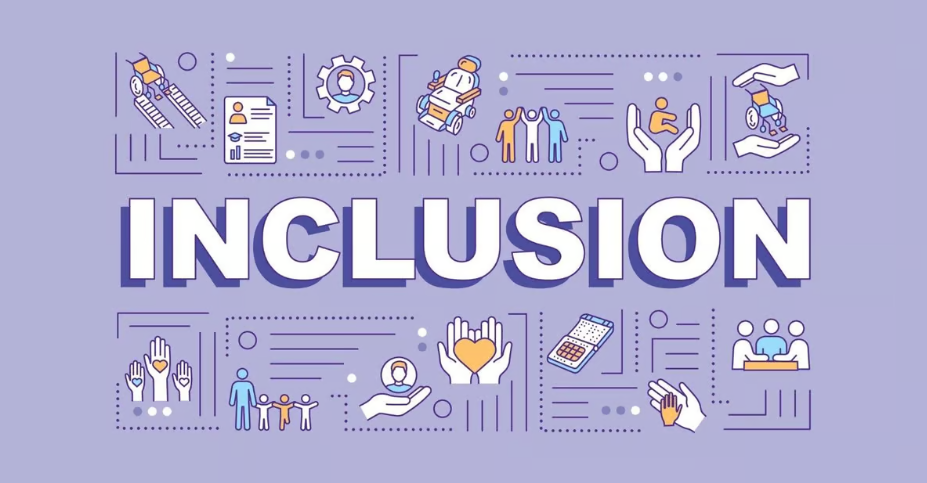Communities thrive on diverse perspectives and experiences. Yet many community spaces—both digital and physical—contain barriers that exclude potential members with disabilities. When we overlook accessibility, we miss valuable voices and limit our collective potential.
Accessibility isn’t merely about compliance or avoiding exclusion. It’s about enriching our communities through genuine inclusion. When more people can fully participate, everyone benefits from broader insights, deeper connections, and stronger community bonds.
The disability community represents approximately 15% of the global population—over one billion people worldwide. By making accessibility a priority, you’re not addressing a niche concern but embracing a significant portion of humanity whose perspectives can transform your community.
Digital Accessibility Fundamentals
For online communities, digital accessibility begins with platform selection. Before committing to a community platform, forum software, or social media group, evaluate its accessibility features. Does it support keyboard navigation? Is it compatible with screen readers? Can users adjust text size and contrast?
Content formatting dramatically impacts accessibility. Use clear headings to create logical structure. Provide text alternatives for images through detailed alt text that conveys both content and function. When sharing videos, ensure they include accurate captions—not just for those with hearing differences but also for members in noise-restricted environments or those who process information better through text.
At BuildBonding, we’ve found that accessibility improvements often benefit all members, not just those with disabilities. Features like clear navigation, readable fonts, and organized content structures enhance everyone’s experience.
Language choices shape inclusivity. Avoid idioms and colloquialisms that might confuse non-native speakers or those with cognitive differences. Use plain language where possible, especially for important information. Consider providing summaries of complex content to ensure it’s accessible to members with varying cognitive abilities.
Physical Space Accessibility
For communities with in-person gatherings, physical accessibility requires thoughtful planning. Venue selection should prioritize spaces with features like ramps, elevators, accessible restrooms, and adequate maneuvering room for mobility devices.
Beyond these basics, consider sensory accessibility. Some members may be sensitive to bright lighting, loud sounds, or strong scents. Creating quiet zones or sensory-friendly periods during events can make a meaningful difference. The Sensory Friendly Toolkit offers excellent guidance on creating environments welcoming to those with sensory processing differences.
Transportation accessibility often determines whether members can participate at all. Select locations near public transportation when possible. Consider organizing carpools or providing information about accessible transportation options to your meeting location.
Communication Accessibility
Inclusive communication adapts to diverse needs and preferences. Provide multiple communication channels—written, verbal, and visual—to accommodate different abilities and preferences. Some members may struggle with real-time discussions but thrive in asynchronous formats.
During community gatherings, whether virtual or in-person, establish clear communication norms. Encourage speakers to identify themselves before speaking. Create space for those who process information more slowly. Consider providing materials in advance to allow members to prepare for discussions.
Visual accessibility in presentations and shared materials makes a significant difference. Use high-contrast color combinations, readable fonts (minimum 14-point), and limit the amount of text on slides. According to research from the Web Accessibility Initiative, these practices benefit not only those with visual impairments but improve comprehension for all users.
Creating an Accessibility-Minded Culture
True accessibility extends beyond technical solutions into community culture. Foster an environment where members feel comfortable requesting accommodations without fear of judgment or burden. Make accessibility part of your community values, not an afterthought.
Establish feedback mechanisms specifically for accessibility concerns. Regular accessibility audits can identify barriers you might have overlooked. Include people with disabilities in leadership positions to ensure diverse perspectives inform decision-making.
Education about accessibility helps all community members become advocates. Share resources about inclusive practices. Celebrate accessibility improvements as community wins. Normalize conversations about different abilities and needs.
Common Accessibility Misconceptions
Many community builders hesitate to prioritize accessibility due to misconceptions about cost and complexity. While some accommodations require resources, many accessibility improvements cost little or nothing to implement. Simple changes like providing materials in multiple formats or adjusting seating arrangements can make significant differences.
Another misconception is that accessibility benefits only a small percentage of community members. In reality, accessible design tends to improve experiences for everyone. Captions help people watching videos in noisy environments. Clear navigation helps those with limited time or technology skills. Ramps benefit parents with strollers as well as wheelchair users.
Measuring Accessibility Progress
Like any community initiative, accessibility efforts benefit from measured outcomes. Track metrics like participation rates among members with disabilities. Conduct regular accessibility audits using established guidelines such as the Web Content Accessibility Guidelines (WCAG) for digital spaces.
Collect qualitative feedback through accessibility-focused surveys or discussion sessions. Ask members about barriers they’ve encountered and improvements they’ve noticed. Their lived experiences provide the most valuable insights into your community’s accessibility.
Moving Forward with Accessibility
Accessibility isn’t a destination but an ongoing journey. Start where you are, addressing the most significant barriers first. Be transparent about your commitment to improvement and open to learning from mistakes.
Remember that perfectionism can be the enemy of progress. You won’t create perfectly accessible spaces overnight, but consistent effort toward greater inclusion makes a meaningful difference. Celebrate small wins while continuing to identify areas for growth.
By prioritizing accessibility in your community spaces, you’re not just removing barriers—you’re actively creating environments where everyone can contribute their unique gifts and perspectives. True community emerges when every member has the opportunity to belong, participate, and thrive.
Conclusion
Creating accessible community spaces requires intention, education, and ongoing commitment. The effort invested in accessibility returns manifold through richer discussions, diverse perspectives, and stronger community bonds. When we design our communities with the full spectrum of human ability in mind, we build spaces where genuine connection can flourish.
What steps will you take today to make your community more accessible? The journey toward inclusion benefits everyone, creating stronger, more vibrant communities where all members can fully participate and belong.





